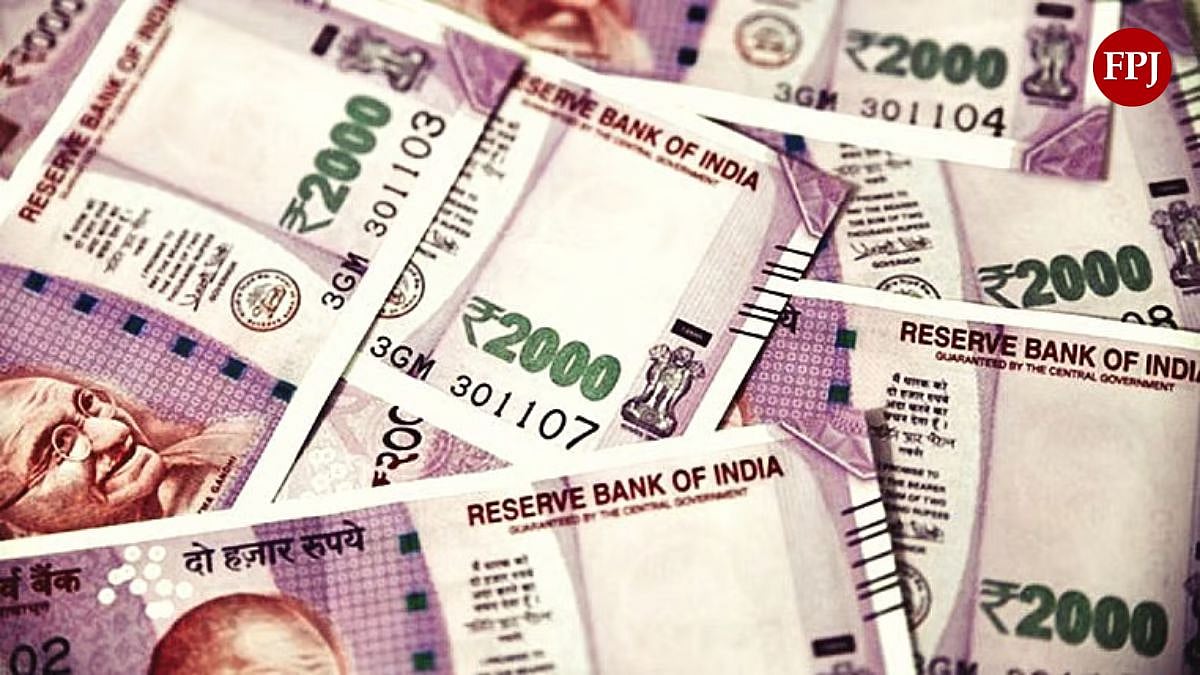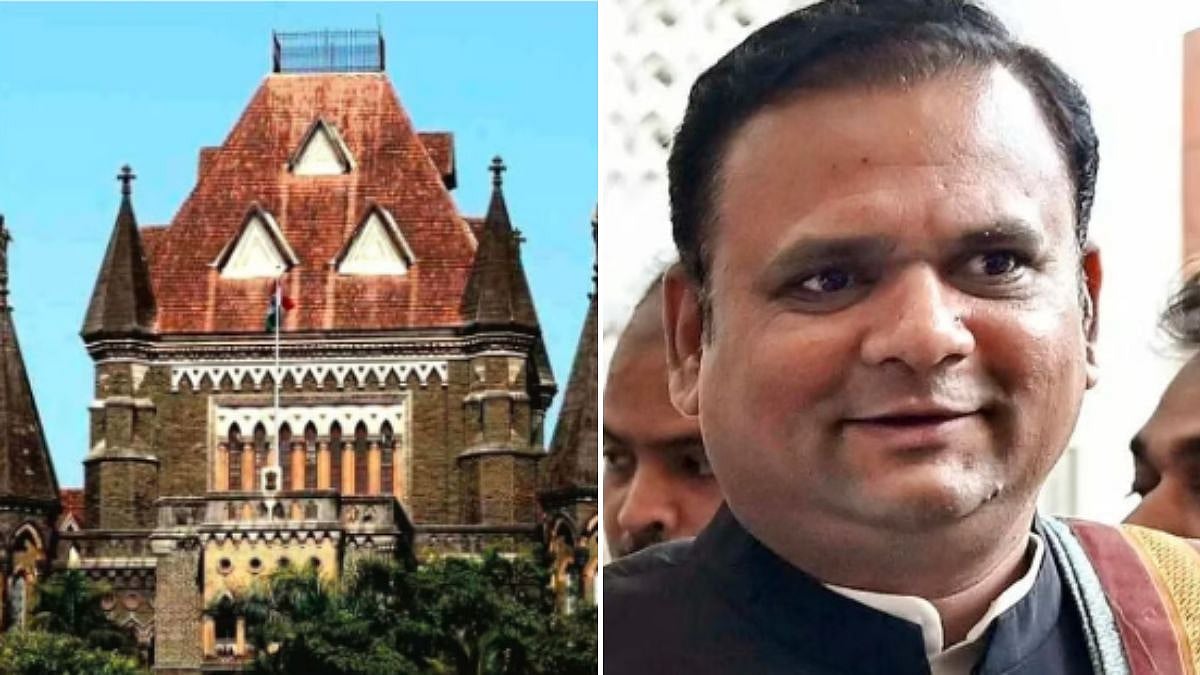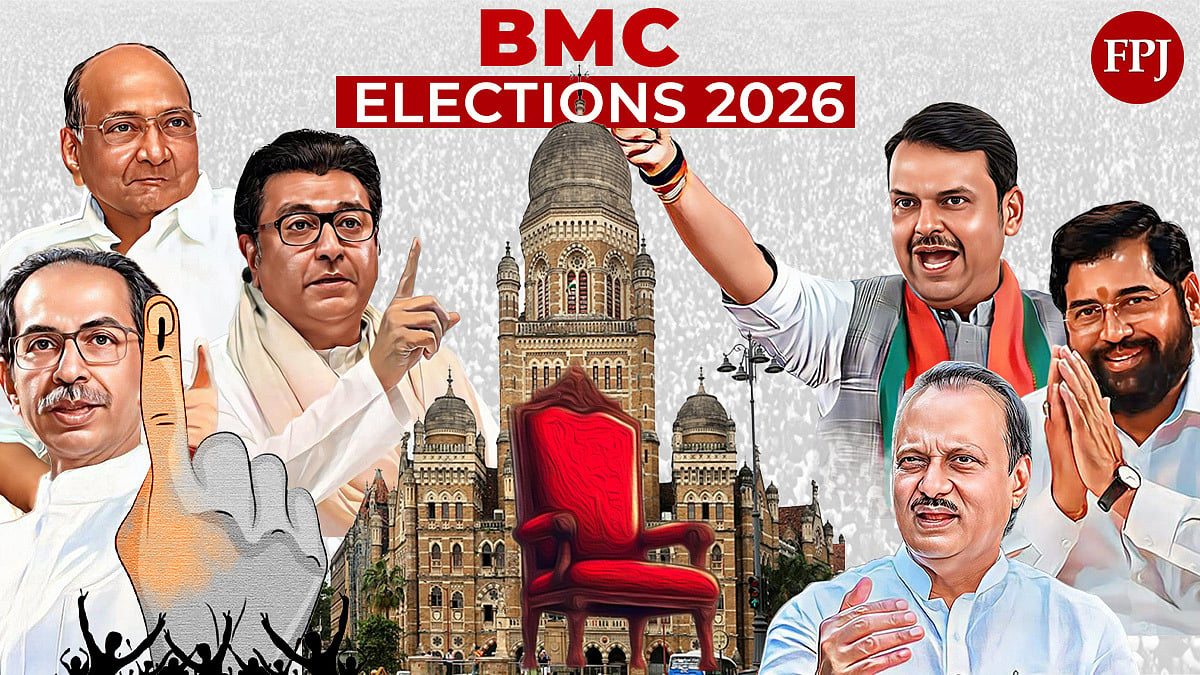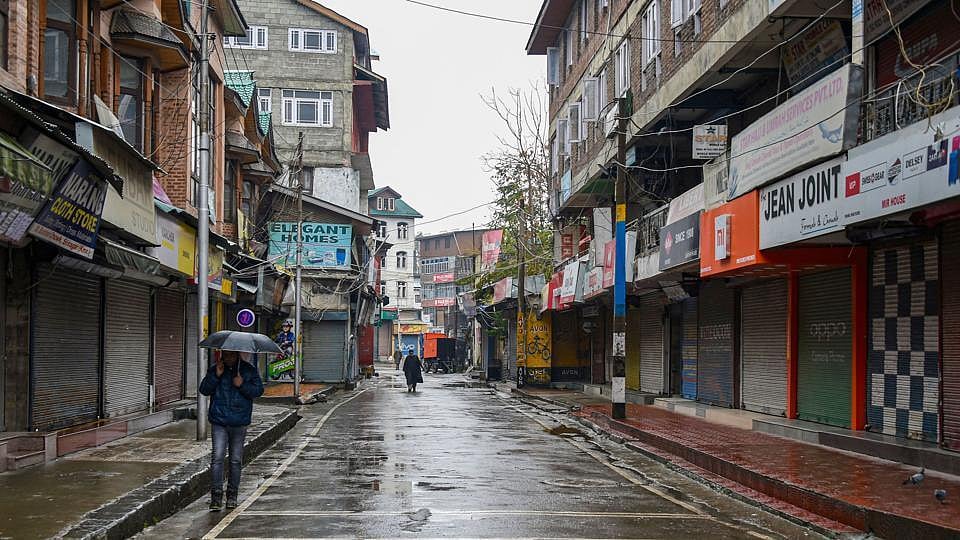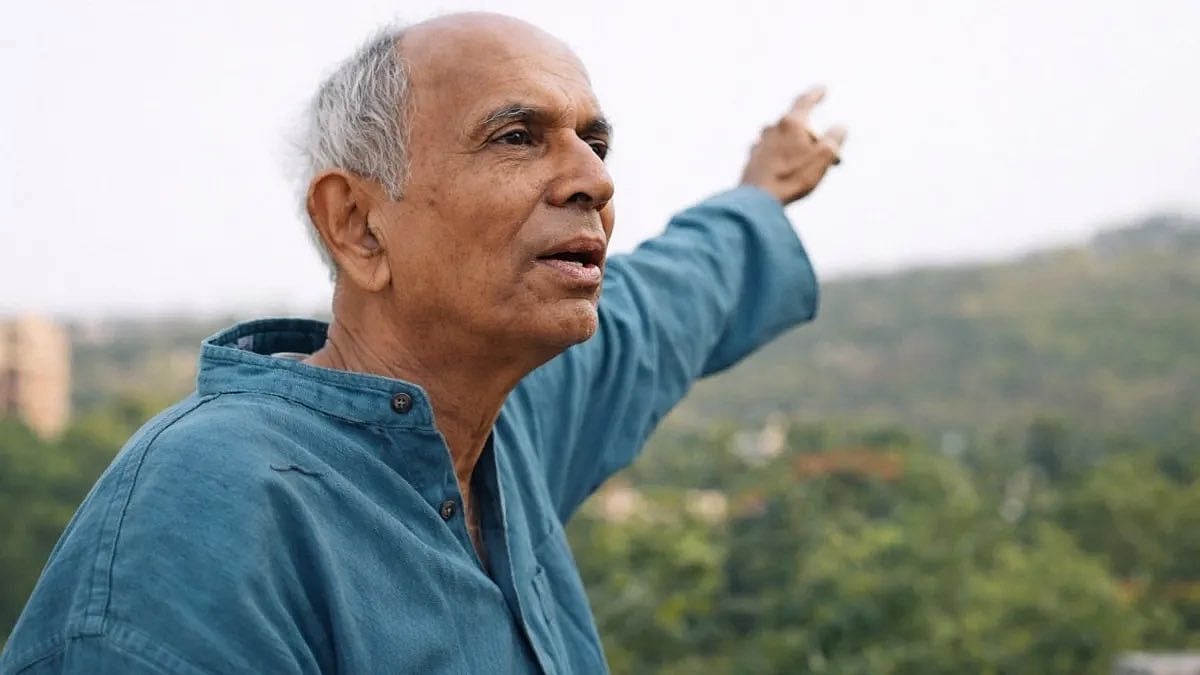As India grapples with jobless growth and economic distress caused by unemployment, the promise of inclusive growth triggered by the development of satellite and rural townships needs to be examined closely by our policy makers.
Almost 20 years ago, the eminent scientist Prof MGK Menon had pointed out that satellite townships around megacities, empowered with ICT (Information and Communication Technology), will not only help decongest and ease the pressure on megacities but also help rural townships realise their promise and potential through economic growth and employment.
While addressing LEAD International's workshop on Megacities and Rural Community Development at Bangkok in September, 2003, Prof Menon had noted rather perceptively that ICT offers extraordinary possibilities in bridging the urban-rural divide as it deals with everyone equitably.
He noted that high-speed rail connectivity to satellite townships around megacities would help eliminate distances and the need to live in megacities.
Almost on similar lines, the former President of India, APJ Abdul Kalam presented a powerful vision for inclusive growth and employment generation in 2011 through his PURA model- Providing Urban Amenities in Rural Areas. Dr Kalam presented this vision through his book Target 3 Billion, PURA: Innovative Solutions Towards Sustainable Development, co-authored with Srijan Pal Singh, his student at the Indian Institute of Management, Ahmedabad (IIMA).
In that book, Dr Kalam pointed out that the world’s poorest, who number around three billion (in 2011) and who primarily live in rural areas, could be empowered with inclusive growth by Providing Urban Amenities in Rural Areas (PURA). He stressed that if decent education, healthcare and employment; roads and markets were provided in rural areas, the people will stop flocking to the cities by the thousands.
His book cited the example of the Warana PURA in Kolhapur district which is centred on the cooperative sugar factory, dairy and poultry established by the late Tatyasaheb Kore.
Dr Kalam had envisaged that PURA would require four kinds of connectivity: Physical Connectivity through a network of good roads or waterways; Electronic Connectivity through broadband/ satellite/ wireless or leased lines; Knowledge Connectivity through schools and hospitals; vocational training and agri-support services, and Economic Connectivity for employment generation and promotion of entrepreneurship.
He envisaged that the PURA clusters of 10 to 50 villages would generate power through renewable sources of energy such as the sun, wind and biofuels and municipal waste.
Given India’s geographical and ecological diversity, the PURA model for inclusive growth has been developed for the plains, coastal areas, desert regions; the hilly districts and the Delta region of the lower Gangetic course in West Bengal.
Incidentally, the IT billionaire Sridhar Vembu (Zoho Corporation) has actually demonstrated that software and product development work can be done successfully from the rural towns and districts of Tamil Nadu.
In the late 1990s, N Chandrababu Naidu as the Chief Minister of Andhra Pradesh created Hitech City — the IT-driven satellite township of Hyderabad — also known as Cyberabad. Inaugurated in 1998, all that the state government did was to create policies and provide attractive incentives and infrastructure. India’s and the world's leading IT companies flocked to Cyberabad to set up their India centres given the availability of cheap Indian manpower and talent in plenty.
With the creation of the jobs came the real estate boom and the demand for all the support services that an emerging satellite city needs: domestic help, grocery and other supplies, medical facilities, transport facilities, educational facilities, food supply and a hundred other services to support a working population.
The Rajiv Gandhi International Airport at Hyderabad is one of the largest and best airports in the country and owes its success, undoubtedly, to the IT boom that was driven by Naidu.
We can see the same economic prosperity and employment generation in the IT suburbs of Gurgaon, Bengaluru, Pune and wherever else a city has expanded.
Satellite townships — and jobs — need the support of local economic activity and not necessarily the presence of IT. We see the growth of satellite townships around industrial hubs as in the case of Pimpri-Chinchwad industrial township which once had the richest municipal council in Asia because of the taxes from industries.
The US has many small university towns whose economy is dependent on the presence of thousands of students on and off campus.
With his critical support to the Modi 3.0 government, Naidu has once again folded his sleeves and got down to building his dream city Amravati as the new capital for Andhra Pradesh. He is banking on full-fledged support from the Modi Government as his Telgu Desam Party is an important member of the coalition government.
Spread out over 217 km in Guntur district of Andhra Pradesh, capital investment upwards of Rs. 50,000 Cr has been proposed for infrastructure development and government complexes in Amravati. The previous phase of development suffered neglect once Naidu lost power in 2019. The project has now been revived with his return to power.
The progress of the Amravati project and its success in promoting employment and economic growth would be keenly watched. At the same time, the creation of satellite cities as sustainable extensions to the emerging megacities of India, and the pursuit of Dr APJ Abdul Kalam’s PURA model, would go a long way in ensuring inclusive growth and employment for our youth.
The author is a journalist and works for a policy research think tank. He tweets at @abhay_vaidya



